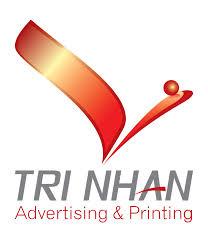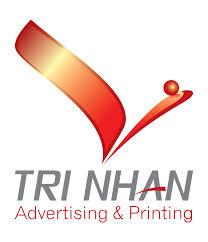Solar PV Tracker Market Trends - Trends emphasize automation, AI-based control, and cost-efficient solar tracker deployment for large installations.
The Solar PV Tracker Market Trends are defined by a convergence of mechanical innovation, digital integration, and cost optimization.
Bifacial Optimization: A dominant trend is the design of trackers specifically to maximize the performance of bifacial modules. This involves increasing the mounting height (higher "north-south ground clearance") and optimizing the space between rows (GCR - Ground Coverage Ratio) to minimize shading and maximize the capture of light reflected from the ground (albedo).
Smart/Digital Trackers: The widespread adoption of IoT, AI, and ML is leading to "smart" trackers. These systems use predictive and adaptive algorithms to adjust panel angles not just based on the sun's astronomical position, but also on real-time weather conditions (e.g., cloudy skies, which require different orientation to capture diffuse light), wind speed, and historical performance data. This adaptive tracking, sometimes called "smart backtracking" or "diffuse light optimization," can yield a further 1-5% energy gain.
Terrain-Following Designs: To reduce earthwork and associated costs on uneven terrain, new tracker designs feature unlinked rows and advanced articulation that allow the structure to follow the natural contours of the land. This significantly cuts down on site preparation costs and minimizes environmental impact.
Structural Robustness and Wind Management: In response to more extreme weather events, manufacturers are developing trackers with enhanced aerodynamic stability. This includes sophisticated wind stow strategies (automatically placing the panels in a safe, horizontal position during high winds) and structural designs with greater torsional stiffness to withstand higher wind loads while reducing the amount of steel used.


